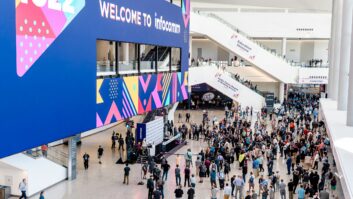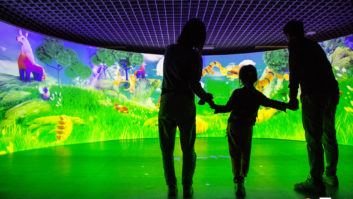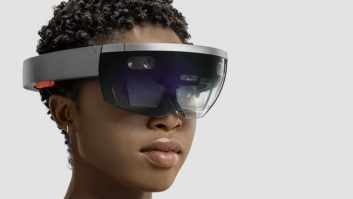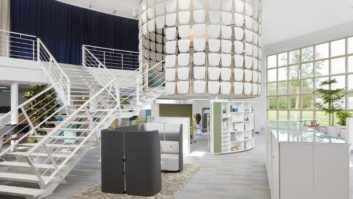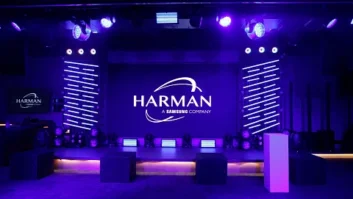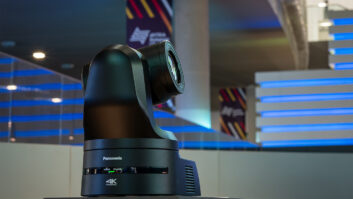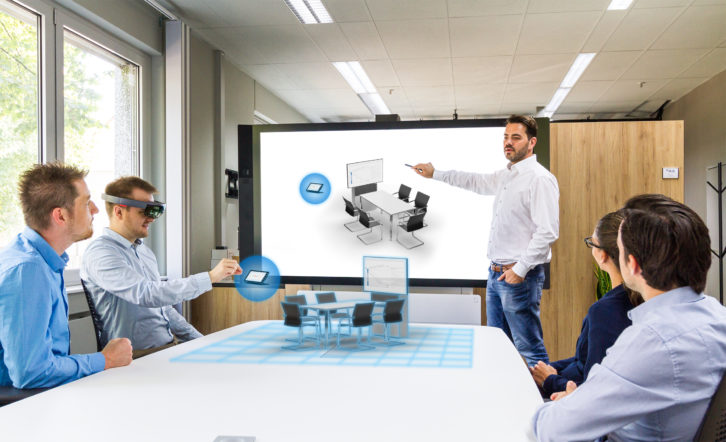
In the first part of this feature we outlined how the right experience can unlock productivity and creativity – while a poor experience can be detrimental to a company’s efficiencies and reputation. Here Rob Lane reveals a number of important elements to building the best technology journey for the user – including confirming early on what is required and separating the design and installation processes.
According to Dan Watson, senior consultant, AV & Multimedia at PTS Consulting, it’s this subjectivity that highlights the need for and importance of early “consultant engagement”, allowing consultants to empathise with end users help them to define requirements.
“Once true user requirements are understood, experiences can be designed with business objectives and strategy in mind,” he adds.
Christian Bozeat, director at macom Gmbh (UK), agrees: “Integrators are trying to be a jack of all trades, and as they are not independent to the hardware they sell it is increasingly difficult to provide the quality of service that is demanded by clients.”
He opines that integrators often give away the design process “for free in order to win the hardware sales and installation for the project”, when they are not qualified to offer design services.
“It is extremely important that the design is separated from the hardware supply and installation, in order to ensure that the solution is right for the client”
Christian Bozeat, macom GmbH
“It is extremely important that the design is separated from the hardware supply and installation, in order to ensure that the solution is right for the client and that the installation can be properly managed and signed off by qualified specialists – and not by the supplier of the hardware and installation. This can be done in house if the correct skill sets exist, but is generally better if it is provided by an independent consultant, allowing the client to carry on with their day jobs and take a wider more strategic view.”
This emphasis on design, on the correct process as opposed to merely the choice of technology, is perhaps what sets experience creation apart from vanilla AV installation.
“The major difference in the approach is a greater emphasis on the mission of the project, rather than an immediate laser focus on performance specifications,” agrees Rob Smith, senior director, Integrated Systems Sales, Shure. “As a company, Shure has opened a number of experience centres around the world, and we have started from the point of thinking about the messages we want to convey to our visitors and the brand impression we want to provide – long before thinking about the actual technology.
“We draft a document which is provided to the whole project team, outlining these central aims to ensure that even contractors bidding on the diverse elements of the project are aware of what’s important to Shure as a customer.”
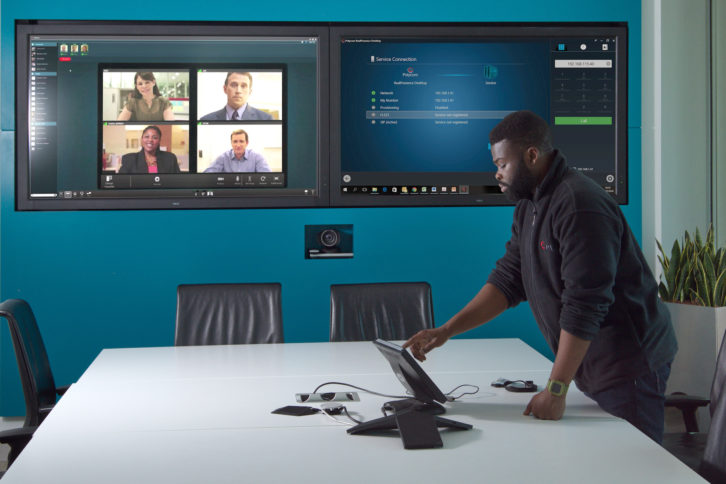
This isn’t to say that technology decisions are too far from the experience creation process, of course: it’s largely as a result of advancements in AV technology’s effectiveness and efficiency over the last few years that decent UX is even a possibility. However, the user should never be too far away from the tech decision process.
“With every engagement, we have to consider every element of a user’s interaction with technology,” says Stuart Davidson, technical services director, AVMI. “How technology supports the objective through vision, audio and touch interaction creates the experience. Creating a consistent and positive user experience across multiple spaces, buildings and geographies is central to our philosophy.”
Good user experiences have the knock-on effect of improving technology adoption, as stakeholders raise their collective game. This results in an increase in the use of these UX solutions, leading to an increase in workforce productivity.
“There is also an increase in the willingness to change and learn,” explains Watson, “and therefore a decrease in the requirement for support and hand holding.”
Journey planner
A properly planned mapping process of the user’s technology journey enables the designs of UX solutions to more effectively meet the needs of the business, which is where the consultation process is key. It allows, businesses to be better equipped to accelerate – with increased profits and reduced costs – and attract better staff.
“A proper PoC [proof of concept] process tests these designs and allows working process design and deployment to take place,” says Bozeat.
“Solutions that allow users to carry out their work more efficiently and effectively with technology that is easy to operate, and has a proper work process design, will help businesses retain staff and increase productivity.”
Davidson agrees: “Consistent, positive experience is the result of careful and consistent design and deployment. The benefits of consistency can be seen across many business functions, the result of designing with experience central to the philosophy.”
Done right, experience creation allows users to become familiar and confident with using technology across multiple environments, with meetings starting quickly and presentations effectively delivered. Support teams are able to resolve issues quickly and effectively, and efficiencies of scale can be leveraged when looking to procure additional technology. Ultimately UX allows businesses to present themselves as agile and professional.
“Good experience creation strengthens a brand, provides a clearer understanding of the aims of an organisation, and thereby attracts people who identify with the brand rather than simply responding to a job specification,” says Smith. “Assuming the organisation then lives up to the values it outlines as important to it, and provides a good user experience for users interacting with the technology within the organisation, productivity can be increased, leading to the potential of positive financial outcomes.”
Ultimately, while the corporate sector is perhaps currently enjoying peak experience creation in the deployment of AV technology, other sectors where AV is deployed could benefit also. Experience is important in all aspects of business and leisure, and successful companies are likely to be those that provide a positive experience for their customers.
“If a service or product does not have an associated positive brand impression or inspire loyalty by providing a good experience, the customer or visitor will make the choice to spend their money and time purely on price,” explains Smith.
Retail is certainly one of the sectors most focussed on user experience, as the high street battles on multiple fronts, not least competition from online and falling consumer confidence.
“Retail is absolutely focused on the customer experience, and we expect to see accelerated technology investment in this sector moving forwards,” says Davidson. “Car dealerships are a great example of how using technology to create and visualise your own vehicle specification, at full scale, and even in virtual reality can be a hugely powerful tool in reinforcing a brand and attracting sales.”
Bozeat agrees: “Retail will certainly benefit from experiences, but other customer-centric spaces such as airports and train stations could benefit from the introduction of experience-based technology.”
While Watson believes that although the use of AV technology in retail is “nothing new”, the sector is “frequently pushing the boundaries” of its use. He also notes that user experience is a “hot topic” in higher education. “Many of our HE clients are looking to AV technology to attract new students, retain student interest during lectures and encourage attendance – not to mention improve learning and information retention.”
With corporate AV a hotbed for experience creation – arguably the best is yet to come – it won’t be too long before other sectors look to UX to help improve productivity and enrich lives, at work and play.
www.avmi.com
www.macom.de.en
www.ptsconsulting.com
www.shure.co.uk
